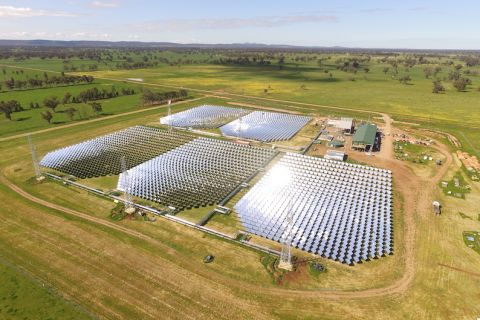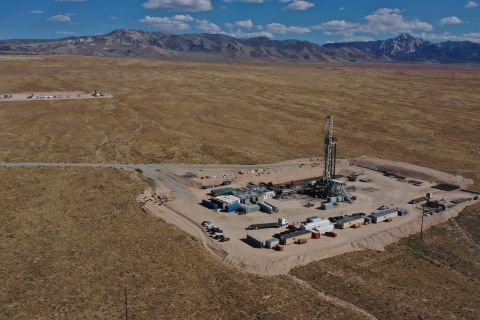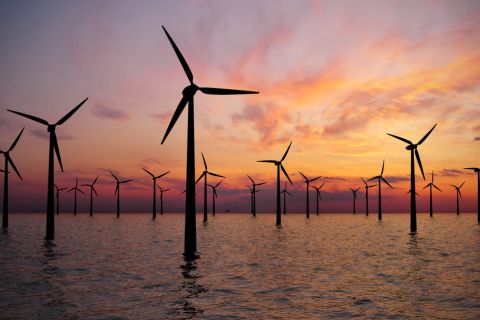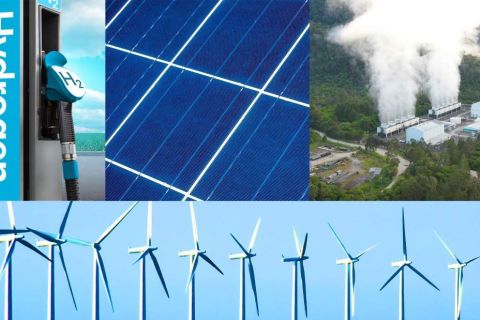Learn more about Hart Energy Conferences
Get our latest conference schedules, updates and insights straight to your inbox.
About 11% of oil production in the U.S. Gulf of Mexico was shut on Sept. 27 as a powerful Hurricane Ian forced oil companies to evacuate workers and the storm took aim at Florida.
The hurricane entered the U.S. Gulf of Mexico on Tuesday and is forecast to become a dangerous, Category 4 storm over the warm waters of the Gulf, according to National Hurricane Center (NHC) forecaster Eric Blake.
Ian weakened after crossing Cuba and was packing winds of 120 miles per hour (195 km per hour), the NHC said. It is heading toward making an extremely dangerous landfall in southwestern Florida, Blake predicted.
Some 190,000 bbl/d of oil production, or 11% of the Gulf's total were shut-in, according to offshore regulator the Bureau of Safety and Environmental Enforcement (BSEE). Producers lost 184 MMcf of natural gas or nearly 9% of daily output.
Personnel were evacuated from 14 production platforms and rigs, BSEE said.
It is the first hurricane this year to disrupt oil and gas production in the U.S. Gulf of Mexico, which produces about 15% of the nation's crude oil and 5% of dry natural gas. Ian's course takes it east of the core of U.S. offshore oil and gas production.
"The storm is so massive, it's going to affect all of Florida," said Jim Foerster, a consulting meteorologist at data and analytics firm DTN. "This is going to be really, really bad."
Ian will be "very impactful, not only to the offshore operations, but certainly, there will be tens of thousands of people without power over land," Foerster added.
Tampa Electric said it will proactively cut off service to customers and warned that they should be prepared for "extended power outages."
Offshore producers Chevron, Occidental Petroleum and Hess on Sept. 26 said they had taken precautions ahead of the storm's arrival in the Gulf.
BP said it was working to redeploy offshore personnel to two offshore production platforms after determining Hurricane Ian no longer posed a significant threat to its Gulf Of Mexico assets. The oil major had on Sept. 26 evacuated personnel and halted output at Na Kika and Thunder Horse platforms.
Chevron also removed staff from two platforms, while Occidental and Hess said they were implementing storm procedures without providing specifics.
Tankers and vessels cleared the eastern Gulf of Mexico region, Refinitiv Eikon ship tracking showed.
Recommended Reading
Element3 Extracts Lithium from Permian’s Double Eagle Wastewater
2024-01-30 - The field test was conducted with wastewater from a subsidiary of Double Eagle Energy Holdings’ produced water recycling facility.
Could Concentrated Solar Power Be an Energy Storage Gamechanger?
2024-03-27 - Vast Energy CEO Craig Wood shares insight on concentrated solar power and its role in energy storage and green fuels.
Oil, Gas Drilling Tech Transfer Boosts Fervo’s Geothermal Prowess
2024-02-14 - Geothermal company Fervo Energy is learning from oil and gas drilling and completion techniques to improve geothermal well costs and drill times.
Equinor, Ørsted/Eversource Land New York Offshore Wind Awards
2024-02-29 - RWE Renewables and National Grid’s Community Offshore Wind 2 project was waitlisted and may be considered for award and contract negotiations later, NYSERDA says.
Energy Transition in Motion (Week of Feb. 16, 2024)
2024-02-16 - Here is a look at some of this week’s renewable energy news, including the outlook for solar and battery storage in the U.S.





